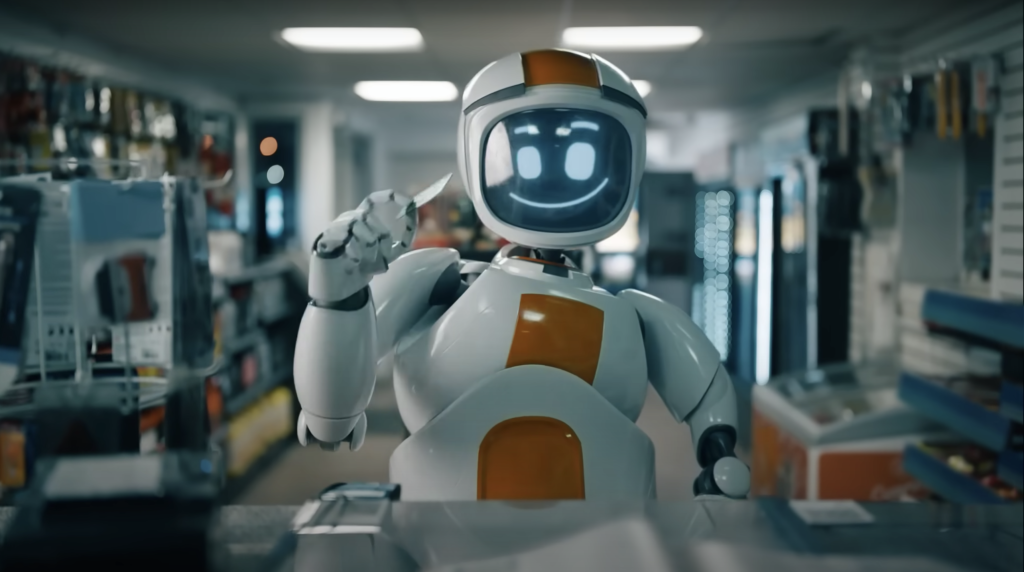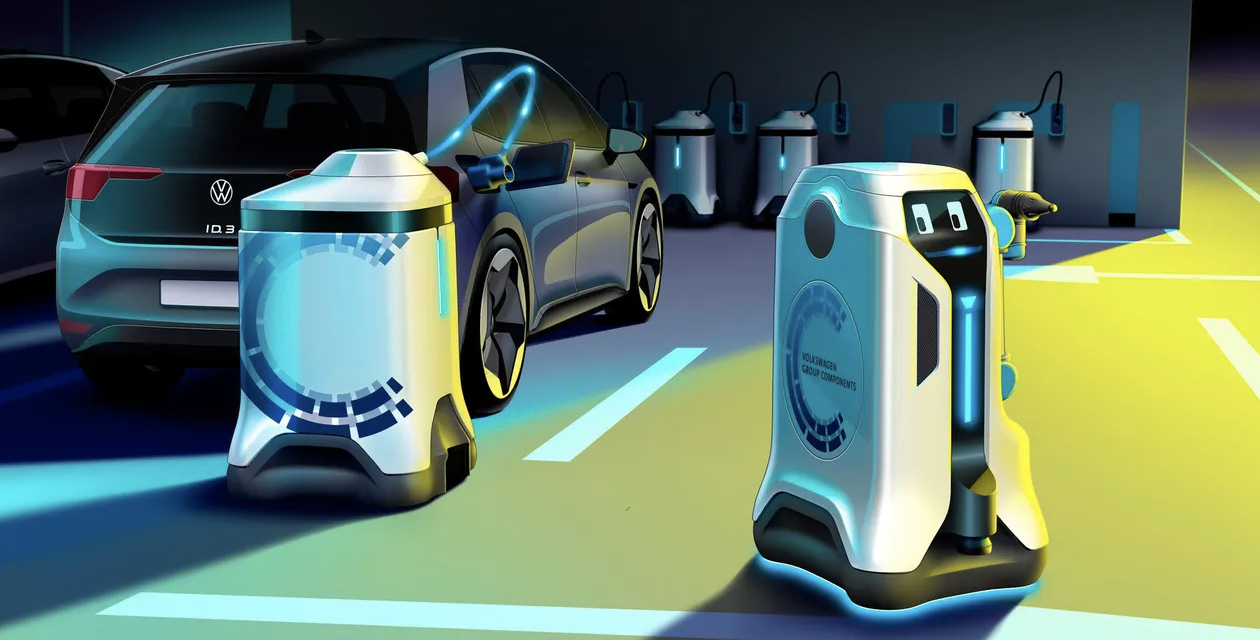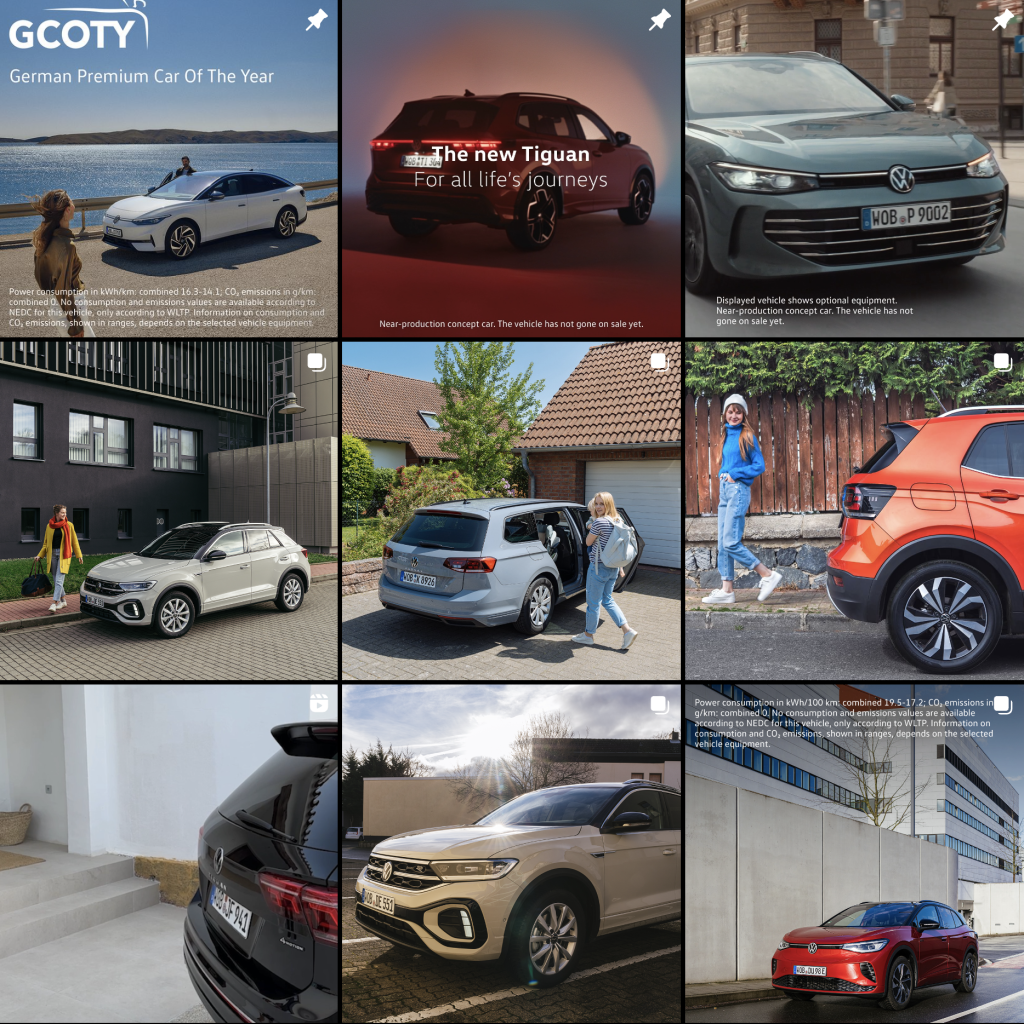When we hear that the world is developing, our mind would quickly resonate with the word ‘technology’. In this ever-changing world, industrial robotics has become one of the most promising developments that can help the automotive industry in keeping up with the change. It all started when industry 4.0 was introduced where the latest technology has helped the automotive industry in areas such as security, problem solving, and analyzing data (Benotsmane et al, 2021). Since technology is advancing, many automotive industries are also taking advantage of the technology and are trying to upgrade their resources in order to cope with the revolution that goes on expeditiously to achieve these three factors: good quality, higher productivity, and shorter lead time (Benotsmane et al, 2021). By looking at this, we know that in order to be more efficient and to keep up with the revolution, the automotive industry would shift to technologies such as AI and use robots, cutting down employees that have less working power than those who can benefit more to the company. In this essay, I will be talking about the company ‘volkswagen’ which is the biggest leading automotive industry with a revenue of $284.34 billion and has employed around 676,000 employees worldwide (Johnston, 2023). With this, I have come up with a thesis statement which is “ AI’s increasing integration into the Volkswagen industry will likely lead to the gradual replacement of human workers, transforming the manufacturing process, and highlighting the need for reskilling and adapting to a new era of automotive production”.
Since Volkswagen is the largest leading automotive industry, it needs a lot of workers to keep up with the trend. However, Volkswagen has analyzed the data on the employees’ working power and the data shows that the majority of their workers are aging employees and they might retire between 2015 and 2030. Because of this, Volkswagen has been planning to use industrial robotics to cope with the shortage of employees due to many of them retiring soon. This is to also ensure that the company will remain the best and also remain competitive in the automotive industry (White, 2020). Before technology was introduced, a lot of time has been used and a lot of errors have been made due to human errors. The cost of production was also really high. After manufacturing has finished, salespeople have to also go from door-to-door to inform people about their products which could take hours just to reach a few customers (Arya, 2023). Digital transformation refers to “how companies leverage digital tools and technologies to increase efficiency in operations and get more customer engagement” (Spyne, 2023). By applying digital tools, a company can save a lot on labor cost which is one of the main targets for a business. Robots are now already being used to manufacture cars and technologies such as AI are now already being used to analyze any errors beforehand so that they can fix it before it occurs. As we all know, by trying to save employees and not following the digitalization trend, a company will not be able to remain competitive.In a business’ perspective, having digital transformation allows them to reach a wider audience and by using AI to analyze customer’s buying power, they can know what are customer’s needs and wants are in order to gain more customers (Spyne, 2023). In a customer’s perspective, having digital transformation allows them to gain more information and also obtain what they need and want.

Figure 1 – A screenshot from an advertisement called ‘Electric feels good’ on Youtube
In the video link shown above, it shows a robot who went up to the counter to pay for gas. Afterwards, it shows the robot driving the car with humans inside it. This video was uploaded by Volkswagen Canada 3 years ago which hints that they are experimenting on robots that fill up gas or more innovatively charge an electric car and also showing that humans do not have to drive cars anymore because there are robots who will be driving the car for humans.

Figure 2 – A screenshot from USA Today about robot charging cars
There has been a new innovation from Volkswagen where robots made with digital faces can come up to your car and charge them anytime in the parking lot. How it works is that the robot will carry battery power with them and leave them with your car while charging it. While your car is charging, the robot will then move the other battery power that has been used to charge another car and bring the battery power to the nearest charging station to be charged and ready to use for the next car that needs charging.

Figure 3 – A screenshot from Volkswagen instagram page
It can be seen from the posts that volkswagen puts up on their instagram page, they are now shifting from petrol cars to electric cars. The ads they put up about robots charging electric cars connect with what they are trying to convey. This shows that robots will replace humans not only within the automotive industry but also in other sectors such as people who fill up petrol, and new jobs like people in charge of charging cars.
However, some study shows robots will not replace humans but they can work as a collaboration multi-agent. VW board member, Horst Neumann states that robots will only replace work that are monotonous or boring and allows employees to focus more on jobs that require more skills (White, 2020). The monotonous jobs that Neumann is referring to is the manufacturing of the car, however, human employees are still needed for the final assembly of the car making robots and humans able to work side-by-side. Having robots to work in the industry does not mean that more people are being unemployed, it is to increase the productivity of the company as humans will act as the brain and program the robots what to do and the robots will do duties which are uncomfortable to the employees (White, 2020). Most robots are still unaware of their surroundings meaning that it can still possess risks into the industry. A few examples of the risks that can happen is that there might be bugs or faulty algorithms that humans put in the machines, making them unaware of what they did was wrong and could endanger the life of a human being (Cummins, 2015). Many people would say that robots are far more capable than humans, though why do we still need humans to execute a work? Robots that are invented by humans are not robots that can think like humans, robots only work from human programming which is called a collaborative robot. Another flaw that robots have is that robots only have a limited range of motion compared to humans. These two drawbacks are what made human-robot collaboration a top-notch thing in challenging problems and following through the revolution (Vysocky & Novak, 2016). There are a few types of human-robot collaboration that have been applied in the automotive industry. The first one is ‘Safety-rated Monitored Stop’. This collaboration is where the robots and human staff have their own area of workspace. If the human staff comes close to the robots’ workspace, then every robot should automatically come to a stop, increasing safety between robots and the workers. After the robot is finished with its work, there is some work that humans have to continue which, if a robot continues, will be very expensive to program and automate (Vysocky & Novak, 2016).
In conclusion, while robots are now revolutionized and are being used in a lot of automotive industry, it is highly unlikely that industrial robots will replace human workers, there are some things that robots can do which is more productive than humans, however, there are some task that robots are not able to perform either because it is too expensive too automate or it is beyond what programmers can do, which human workers come in handy.
References
Arya, S. (2023, June 16). Understanding the digital transformation in automotive industry. Spyne. https://www.spyne.ai/blogs/digital-transformation-in-automotive-industry
Benotsmane, R., Dudás, L., Kovács, G. (2021). Survey on New Trends of Robotic Tools in the Automotive Industry. In: Jármai, K., Voith, K. (eds) Vehicle and Automotive Engineering 3. VAE 2020. Lecture Notes in Mechanical Engineering. Springer, Singapore. https://doi.org/10.1007/978-981-15-9529-5_38
Brown, D. (2019, December 29). Can’t park at an electric charging station? Volkswagen is working on an autonomous robot to juice your battery. USA Today. https://www.usatoday.com/story/money/cars/2019/12/29/vw-prototype-robot-charge-electric-vehicles/2770298001/
Canada, V. (2023, July) Electric Feels Good | Volkswagen Canada. Youtube. https://www.youtube.com/watch?v=zRDXhCteOAI
Cummins, W. (2019, July 3). Will robots displace human workers?. ZETEO. https://zeteojournal.com/2015/09/07/will-robots-displace-human-workers/
Johnston, M. (2023, May 22). 10 biggest car companies. Investopedia. https://www.investopedia.com/articles/company-insights/091516/most-profitable-auto-companies-2016-tm-gm.asp
Johnston, M. (2023, May 22). 10 biggest car companies. Investopedia. https://www.investopedia.com/articles/company-insights/091516/most-profitable-auto-companies-2016-tm-gm.asp
Murashov, V., Hearl, F., & Howard, J. (2016, January 29). Working safely with Robot Workers: Recommendations for the new workplace. https://www.tandfonline.com/doi/full/10.1080/15459624.2015.1116700. https://doi.org/10.1080/15459624.2015.1116700
Volkswagen. (@volkswagen). (5 Oct 2023). A screenshot of the most recent post by volkswagen. https://www.instagram.com/volkswagen/
Vysocky, A., & Novak, P. (2016, June). Human–robot collaboration in industry . https://www.researchgate.net/profile/Ales-Vysocky/publication/303853919_Human_-_Robot_collaboration_in_industry/links/5a3ceba2458515f6b0343fa2/Human-Robot-collaboration-in-industry.pdf. https://doi.org/10.17973/MMSJ.2016_06_201611
White, G. (2020, May 17). Volkswagen to replace human workforce with robots in Germany to meet demand. Manufacturing Digital. https://manufacturingdigital.com/ai-and-automation/volkswagen-replace-human-workforce-robots-germany-meet-demand